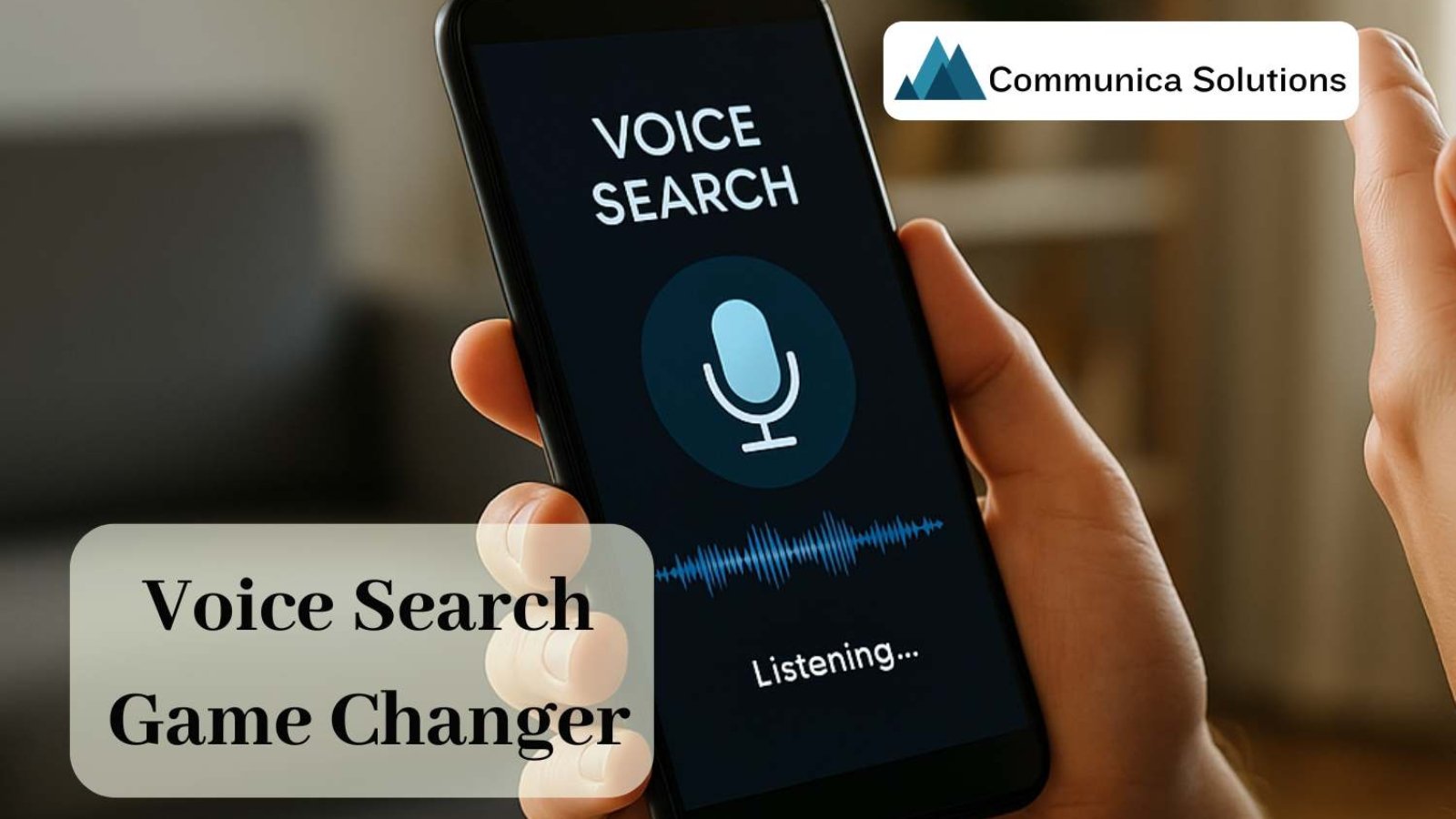In today’s digital world, marketing is not just about posting ads. It’s about building trust, solving problems, and showing up in the right places online. Whether you’re running a small business or growing a large brand, digital marketing gives you the tools to reach more people and increase sales—without spending a fortune.
This article shares simple, effective digital marketing strategies that anyone can use. They’re modern, proven, and ready to inspire your next move.
1. Understand Your Online Audience
Before doing any kind of digital marketing, ask yourself:
Who is my customer—and where do they spend time online?
You can create a digital buyer persona to help you understand:
- Age, interests, and online behavior
- What problems they face
- What kind of content they enjoy
Once you know your audience, you can create better content, choose the right platforms, and craft ads that connect.
2. Get Found with SEO (Search Engine Optimization)
SEO helps people find your website through Google.
When someone searches “best budget phones in Sri Lanka” or “how to fix dry skin,” they usually click one of the first few results.
To get there:
- Use keywords naturally in your titles, URLs, and blog posts
- Add descriptions (meta tags) to every page
- Write content that answers questions your customers have
Great SEO = more website visits = more sales over time.
3. Create Valuable Content (Content Marketing)
Good digital marketing means being helpful, not pushy.
Write blog posts, make videos, or create social media content that solves a problem or teaches something. This builds trust and positions your brand as an expert.
Examples:
- A fitness store can post “5 Easy Home Workouts”
- A clothing shop might share “How to Style Oversized Shirts”
Content marketing brings in traffic—and turns that traffic into loyal customers.
4. Run Smart Social Media Campaigns
Social media is where conversations happen. It’s where people discover new brands, ask questions, and make buying decisions.
Choose platforms where your audience hangs out—Instagram, Facebook, TikTok, or LinkedIn.
Tips:
- Use clear images and videos
- Post stories, Reels, and polls
- Reply to comments and DMs quickly
- Show real people using your product
Social media helps people connect emotionally with your brand—leading to stronger customer relationships and more conversions.
5. Start an Email List and Nurture It
Email may feel old-school—but it works like magic when done right.
Use a simple form on your website to collect email addresses in exchange for:
- A free guide
- A discount code
- A quiz result or eBook
Then, send short, personal emails:
- Tips and tricks
- New product updates
- Exclusive offers
Email keeps your brand in people’s minds—leading to repeat sales and long-term growth.
6. Use Paid Ads Wisely
If you want faster results, try PPC (pay-per-click) ads on Google or social media ads on Instagram and Facebook.
Benefits:
- Target people by age, location, and interests
- Track every click, view, or conversion
- Control your budget daily
Use these for:
- Product launches
- Seasonal offers
- Driving traffic to landing pages
Even a small ad budget, when used well, can bring big returns.
7. Add Retargeting for Lost Visitors
Sometimes people visit your website but leave without buying. Don’t let them disappear.
Retargeting ads remind them of your product later—on social media or websites they browse.
This works well for:
- Cart abandonment
- Viewed product pages
- Free trial users who didn’t convert
Retargeting turns “maybe later” into “buy now.”
8. Boost Your Credibility with Reviews & Social Proof
People trust what others say more than what brands say.
Make sure to:
- Collect and display customer reviews
- Ask for video testimonials
- Repost user-generated content (UGC) from your customers
Social proof builds trust fast—and that can push people to hit “Buy Now.”
9. Collaborate with Micro-Influencers
You don’t need celebrities. Micro-influencers with 1,000–20,000 followers often have better engagement and stronger local influence.
Choose influencers who:
- Align with your values
- Speak to your target audience
- Are active and honest
One good partnership can bring you hundreds of new customers.
10. Keep Testing and Measuring
Digital marketing is never “done.”
Use tools to track and analyze your performance:
- Track your website traffic
- Check social media insights
- Understand how users behave on your site
Test:
- Different headlines
- Ad formats
- Email subject lines
- Landing page designs
Small improvements over time lead to big results.
Final Thoughts: Digital Marketing is the Future of Sales
Digital marketing isn’t just a trend—it’s how the world does business now.
If you take the time to understand your audience, create value through content, and use digital tools smartly, you will see real growth.
Remember: The most successful brands are not the loudest—but the ones that connect, solve problems, and stay consistent.






















